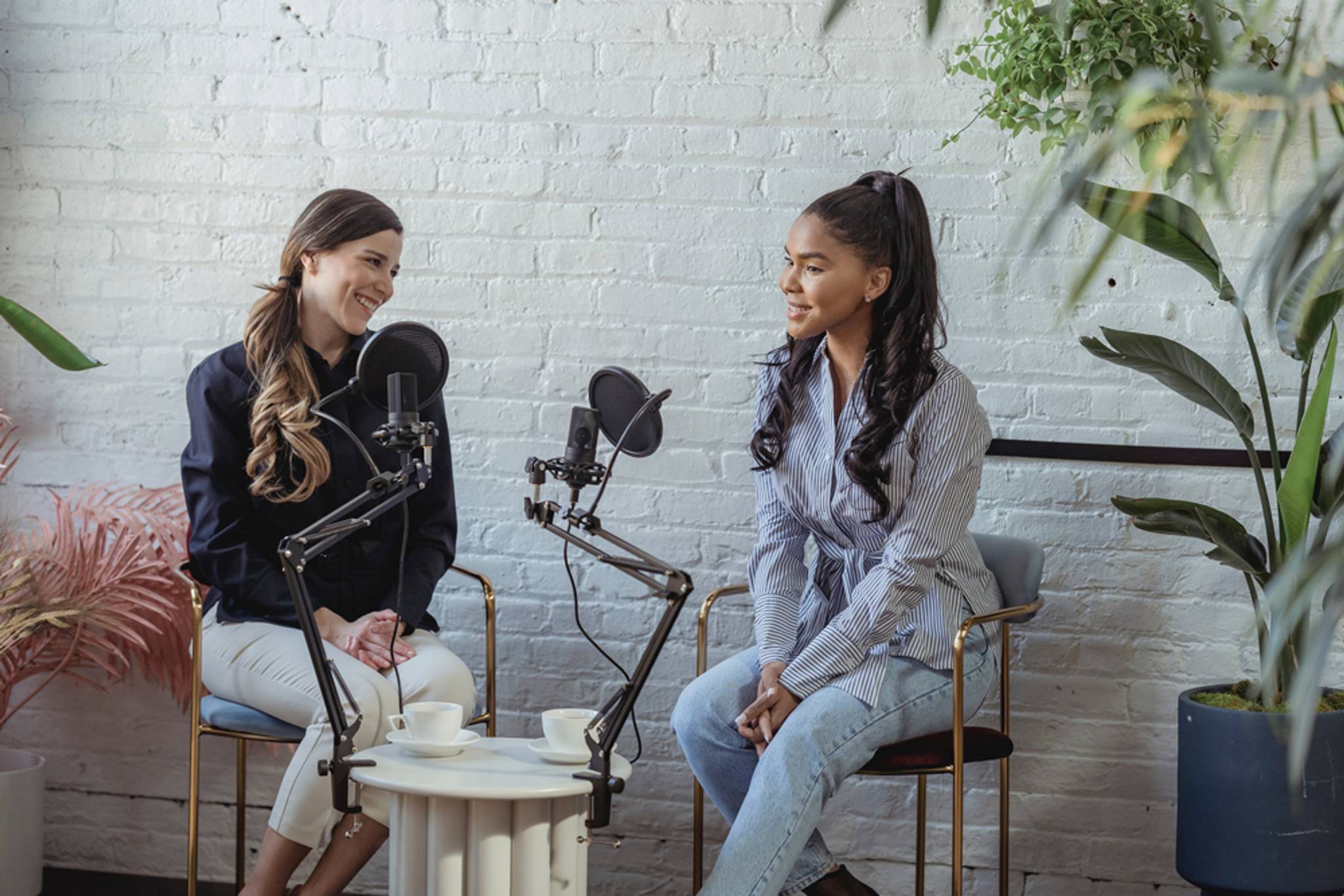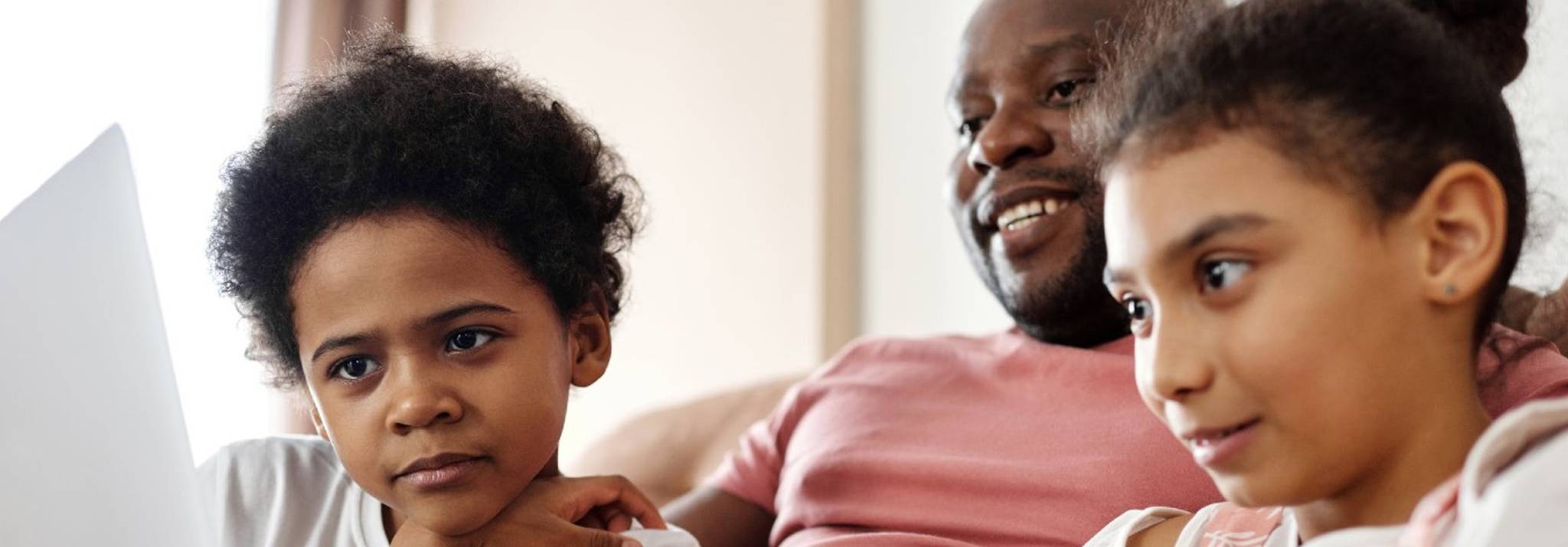
Independent radio stations attract communities of dedicated listeners by providing engaging alternatives to commercial broadcasting. But what are these platforms doing differently? And how are they reflective of music fans’ desire for participation and cultural immersion?
We’re in the midst of a golden era of independent radio. After months of social isolation and limited IRL interactions, people are on the hunt for engaging listening experiences that facilitate deeper, more intimate connections.
Independent broadcasting provides people with a break from screen-based socials and allows listeners to fully immerse themselves in music and culture. Often featuring integrated chat rooms, these platforms also enable real-time interactions between the host and those that are tuned in – contributing to a space in which like-minded listeners can socialise and discover new music.
We spoke to Sam Fawcett, a senior programmer and producer at Worldwide FM, to find out what’s drawing people to independent radio and why they’re seeking connection through the airwaves.
Why has independent radio gained such traction over the past few years?
People have become tired of what commercial stations are offering. Independent stations offer something for everyone, and I think that’s why it’s gained traction. People can build a following organically. Obviously, the pandemic was also a huge moment for radio. Probably the best time for radio since the 80s. So many more people were engaging and listening as they didn’t have much else to do.
Why are people seeking out independent radio as an alternative to commercial broadcasting?
I think people enjoy how closely connected the listener and host are. There’s a deeper connection and more of an ongoing conversation. I also think people who are of an independently-minded persuasion will always seek independent media to engage with. Worldwide FM has a very niche musical output, we understand that it isn’t for everyone, but the people who listen to us love it.
Our hosts are the artists that our audience will go and see in the venues and clubs at the weekend. It’s a way of interacting more closely with your favourite DJs and musicians. Radio at its very core is a conversation between listener and host, and I feel that in commercial radio that’s lost, people just want a bit more – and that’s where independent radio comes in.
Brands in action:
Donning the slogan ‘It’s a family affair’, Do!!You!!! Radio is a fan-funded project that relies on subscriptions, merchandise, and donations to operate. It’s a community-centric model that speaks to a growing desire from people for participatory consumption and engagement with the artists and music they love.
While streaming and other mainstream platforms are seen as the go-to for music listeners, No Signal Radio is going against the grain by ushering in the resurgence of radio. The station aims to show Black culture in an authentic way for those who feel misrepresented by other music services.



